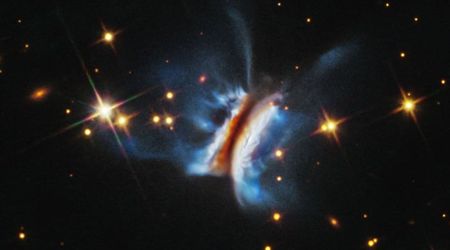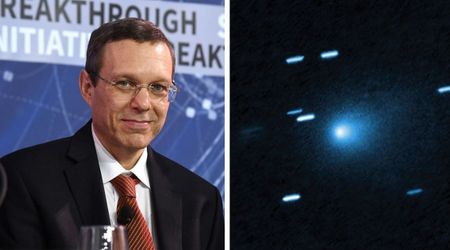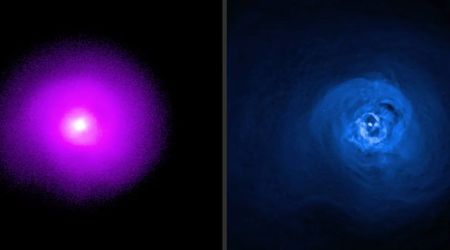JWST observes distant galaxy revealing evidence of first stars forged after the Big Bang
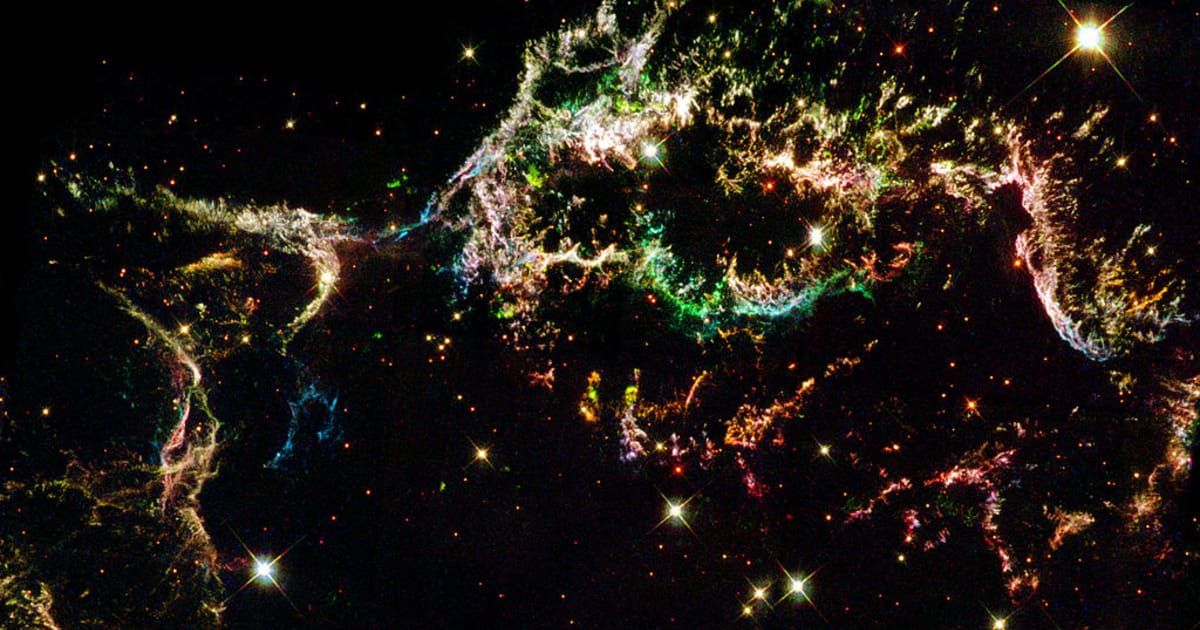
Astronomers may have finally located the first stars to ignite in the cosmos, according to a paper published in The Astrophysical Journal Letters on October 27, 2025. A team led by Ari Visbal of the University of Toledo, Ohio, analyzed data from the James Webb Space Telescope (JWST) focused on the distant galaxy LAP1-B. Its conclusion posits that LAP1-B's system exhibits characteristics consistent with the theorized Population III (Pop III) stars. They are exceptionally rare, given that these stars perished several million years ago. However, scientists have always held out hope for the 'light' traveling from these ancient objects — and they've finally been detected.

These hypothetical, ancient stars formed roughly 200 million years after the Big Bang, composed almost entirely of the universe's original hydrogen and helium, along with faint traces of lithium, per Phys.org. The researchers assert that their findings for LAP1-B satisfy the three critical requirements previously used to identify genuine Pop III candidates — ones that disqualified earlier findings. First, the stellar system appears to have originated within a small dark matter clump (or halo) of about 50 million solar masses, precisely where theory predicted.
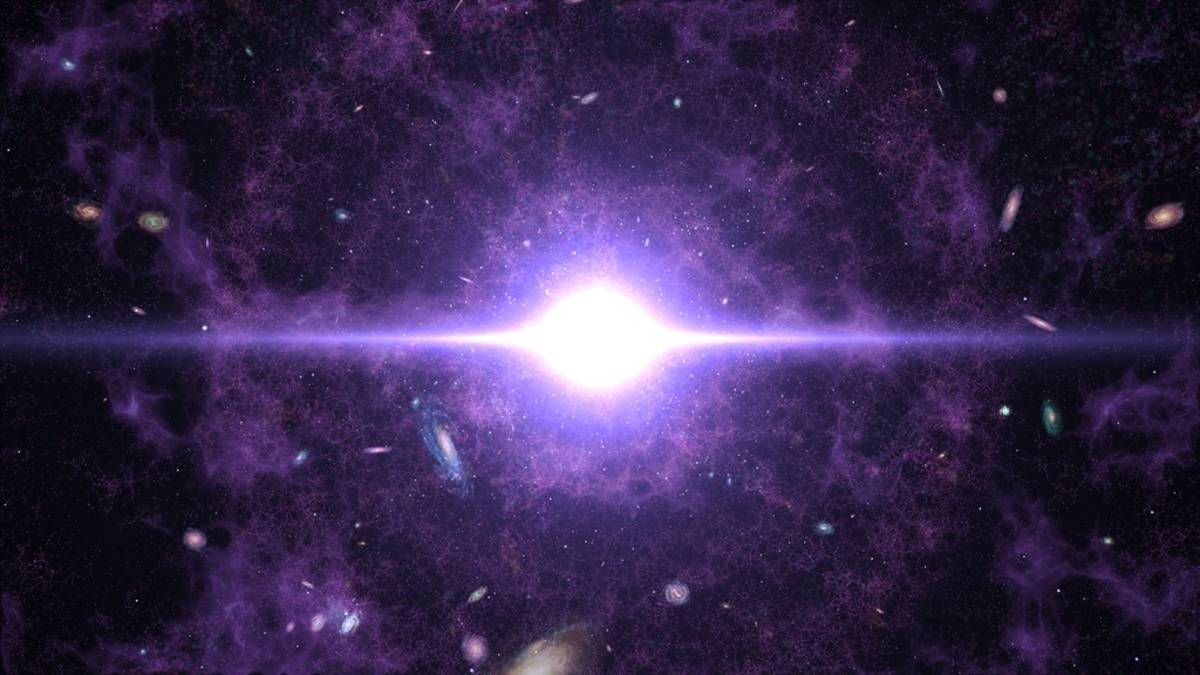
Second, the stars themselves are inferred to be extremely massive, ranging from 10 to 1,000 times the mass of our Sun. Finally, these massive stars were clustered together, but only in small groups, totaling a few thousand solar masses. As the researchers noted, LAP1-B is the "first Pop III candidate to agree with three key theoretical predictions for classical Pop III sources." Further bolstering the claim is the gas surrounding LAP1-B, which displays spectral signatures indicating a minimal presence of heavy elements, or "metals." This scarcity strongly suggests the system is young enough that the first generation of massive stars had only recently undergone supernova explosions, seeding the surrounding material with their initial elemental output.
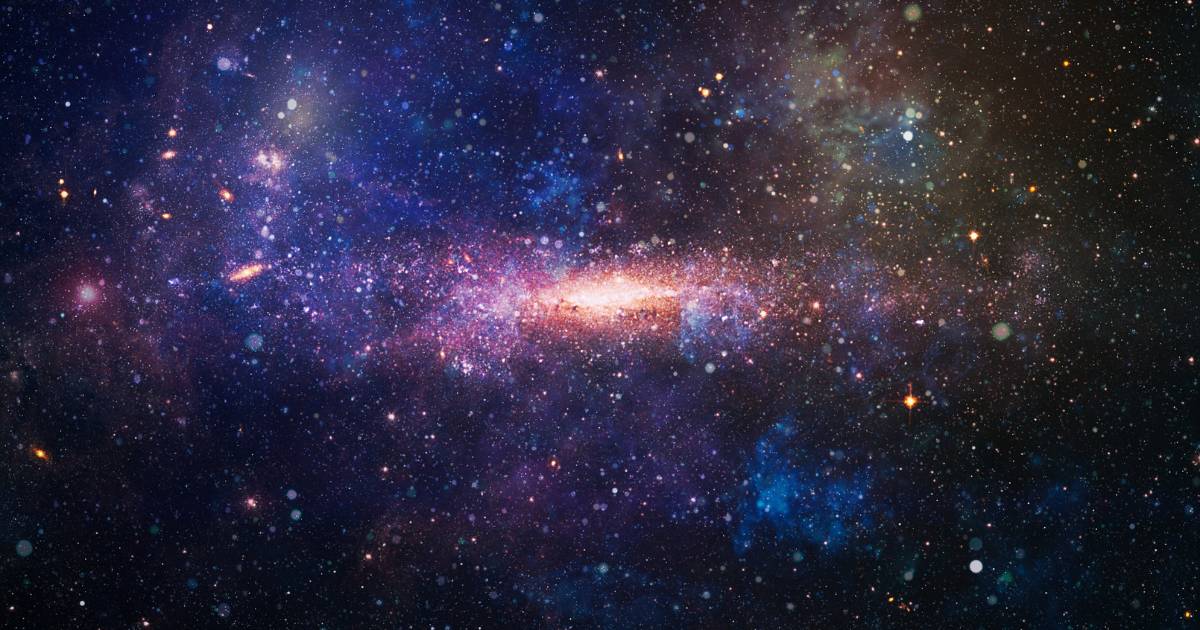
While the evidence is compelling, the discovery remains a strong possibility rather than a definitive finding. Uncertainties persist regarding the precise mechanics of early supernova ejections and whether current computational models fully capture the physics of the nascent universe. However, this investigation, which utilized gravitational lensing to enhance JWST's detection capabilities for LAP1-B, establishes a new methodology for finding similar relics. The team suggests that LAP1-B "may only represent the tip of the iceberg" for studying Pop III stars using this lensing technique on galaxy clusters.
The utility of advanced observational techniques, such as gravitational lensing — the very method that aided in spotting LAP1-B — has recently been underscored by the discovery of a newly identified ultramassive black hole in a distant galaxy. This gargantuan celestial object is estimated to be a staggering 36 billion times the mass of our Sun, placing it near the theoretical limit for black hole size. For comparison, it is roughly 10,000 times larger than the supermassive black hole at the center of the Milky Way. Professor Thomas Collett of the University of Portsmouth noted that this is "amongst the top 10 most massive black holes ever discovered, and quite possibly the most massive," with their new methodology providing "much more certainty about the mass."

The monumental find, detailed in the Monthly Notices of the Royal Astronomical Society, was achieved by a research team using a novel combination of gravitational lensing and stellar kinematics (the study of stellar motions). This hybrid approach allowed the scientists to measure the black hole’s mass with exceptional accuracy, a feat often challenging for other ultramassive objects.
More on Starlust
Hubble and Webb Telescopes reveal stunning two faces of a star cluster duo in distant galaxy
What came before the Big Bang? New simulations offer a glimpse into the origins of the universe
Simulations solve 'early universe' puzzle and reveal 'star systems' never seen before
